You’ll find no spoilers for Russell T Davies’ Years and Years here.
But what we can tell you is that this epic tale of society’s progress between the years 2019 and 2034 - with an ordinary family at its centre - makes some interesting predictions about life in the near future.
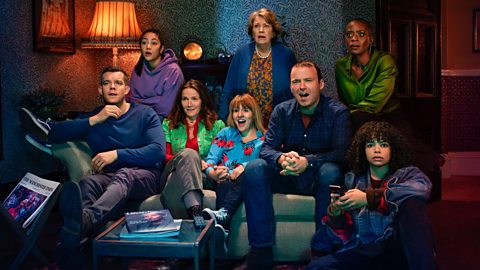 Image source, ±«Óătv/Red Productions/Guy Farrow
Image source, ±«Óătv/Red Productions/Guy FarrowIn the former Doctor Who showrunner’s six-part drama, political upheavals include Britain pulling out of Europe, and a sinister populist politician (played by Emma Thompson) rising in stature to gain a significant influence on the country. One member of the central Lyons family is obsessed with transhumanism, the culture of integrating humans with technology. And audiences can expect to see subtle updates to mobile phone technology.
While we have to wait more than 10 years to see if Davies’ predictions come true, TV and cinema does have form in foretelling the future, with occasionally frightening accuracy. Here are just a few examples.
Communications technology
Steven Spielberg depicted facial recognition as an everyday part of our lives in the 2002 film Minority Report. However, the Oscar-winning director underestimated how long it would take for this to be a commonplace element of face-to-face video chats. When you’re tapping the screen to turn your face into a cat or give yourself a ’60s sunglasses and beads look, you’re using technology the 2005 film-makers believed wouldn’t be around until 2054.
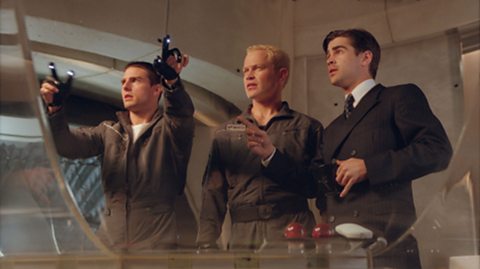
Jim Carrey’s turn as The Cable Guy in 1996 may not be his most remembered performance but his character, a creepy loner who is desperate for friends, does make a prediction that deserves to be marked in stone. He confidently proclaims that one day, people in America will have something that is a blend of cable television, computer and phone all in one. Basically, he’s talking about a smartphone.
Although devices which could be described as smartphones did exist in the 1990s, it was, arguably, the coming of the iPhone and its various apps in 2007 which made them a go-to portal for watching TV, browsing the web and even making the odd call. Carrey didn’t stop there: in the same film his character says that one day people will be able to play Mortal Kombat with someone in Vietnam, something online gaming makes straightforward 23 years later.
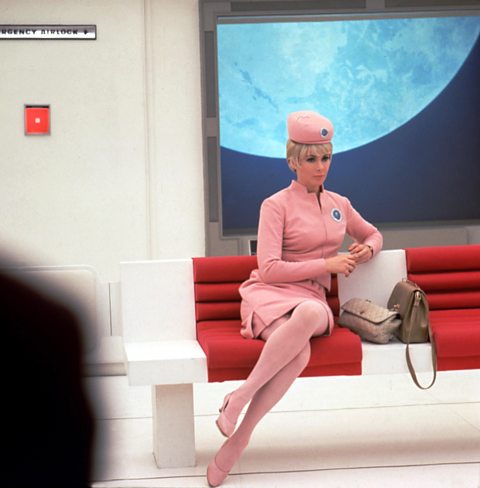
±«Óătv technology
Fifty-one years ago, Stanley Kubrick’s 2001: A Space Odyssey gave cinema fans the nicest kind of handbrake turn in their expectations of what could be achieved on the big screen.
Based on the works of Arthur C Clarke, the film is famous for many things. But HAL - the talking computer which interacts with the crew - is a larger version of the digital assistants found in many households these days, which can switch lights on and off and adjust the heating from a simple voice command.
There’s enough in 2001 to merit an article of its own; suffice to say it also predicts tablet computers, the international space station and the prospect of popping away from Earth for a a short holiday - although interplanetary tourism is still in its infancy and comes with a big price tag (tickets start at around £250,000).


International events
On Christmas Day 1940, John Cabal is doing his best to enjoy the best of the season in his English home, but the threat of impending war is dampening his festive spirit. Remarkably, it’s a scene that opens HG Wells’s 1936 film Things to Come (although the Nazi threat was palpable at the time of the film’s making), which goes on to predict other atrocities and advances in a story spanning a century.
It also touches on air raids of heavily populated areas, and the use of chemical warfare. But you have to turn to television for some of the most remarkably accurate predictions of the life we lead today.
In March 2000, an episode of American animated series The Simpsons, titled Bart to the Future, flashed forward to the year 2030. It’s an era where Lisa Simpson has been made President of the United States and her first job is following up the affairs of a certain Donald Trump, her predecessor in the post.
Speaking of President Trump, regular viewers of the sitcom Arrested Development may have been familiar with one of his election policies two years before he hit the campaign trail. A storyline from the show’s 2014 series involved one of the characters also running for office. And one of their pledges? Building a wall between California and Mexico. A far longer wall became a central point of the Republican run in reality - and continues to be a contentious issue.
It’s not just modern telly that’s good with predictions, though. In September 1975, while Harold Wilson was in 10 Downing Street, the Doctor Who adventure Terror of the Zygons involved Brigadier Lethbridge Stewart of UNIT taking a call from the Prime Minister in an adventure set in the near future.
His greeting when he took the receiver?
“M˛ą»ĺ˛ąłľ±đ.”
This article was published in May 2019

Eight blockbuster films that got history wrong
Some of these are Oscar winners too, but they're not getting any prizes for knowing their history.
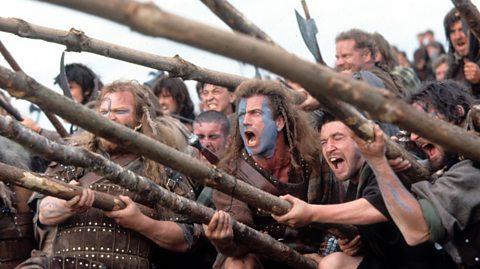
The silver screen Shakespeare quiz
The Lion King, West Side Story, She's The Man. Can you guess which works of Shakespeare these famous films are based on?
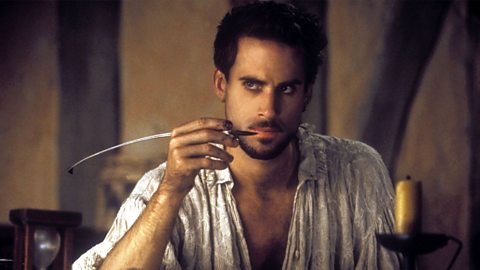
GCSE Drama
Everything you need for GCSE Drama revision is right here.
